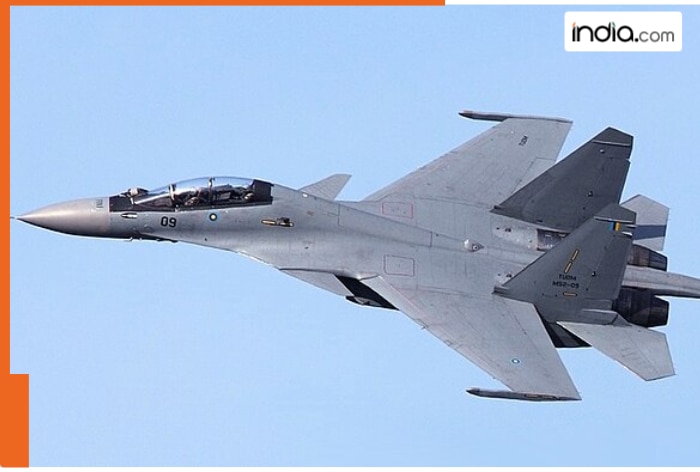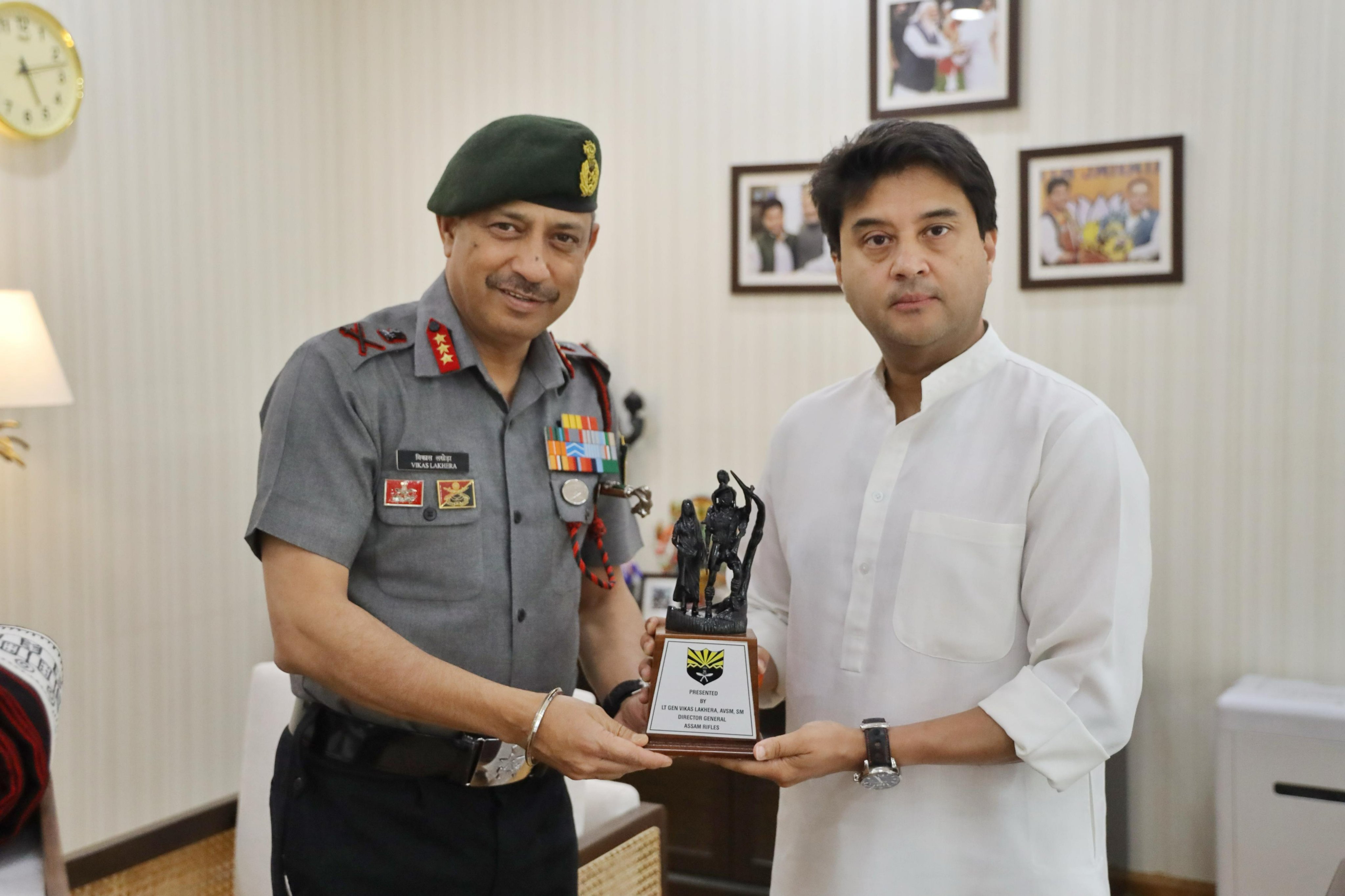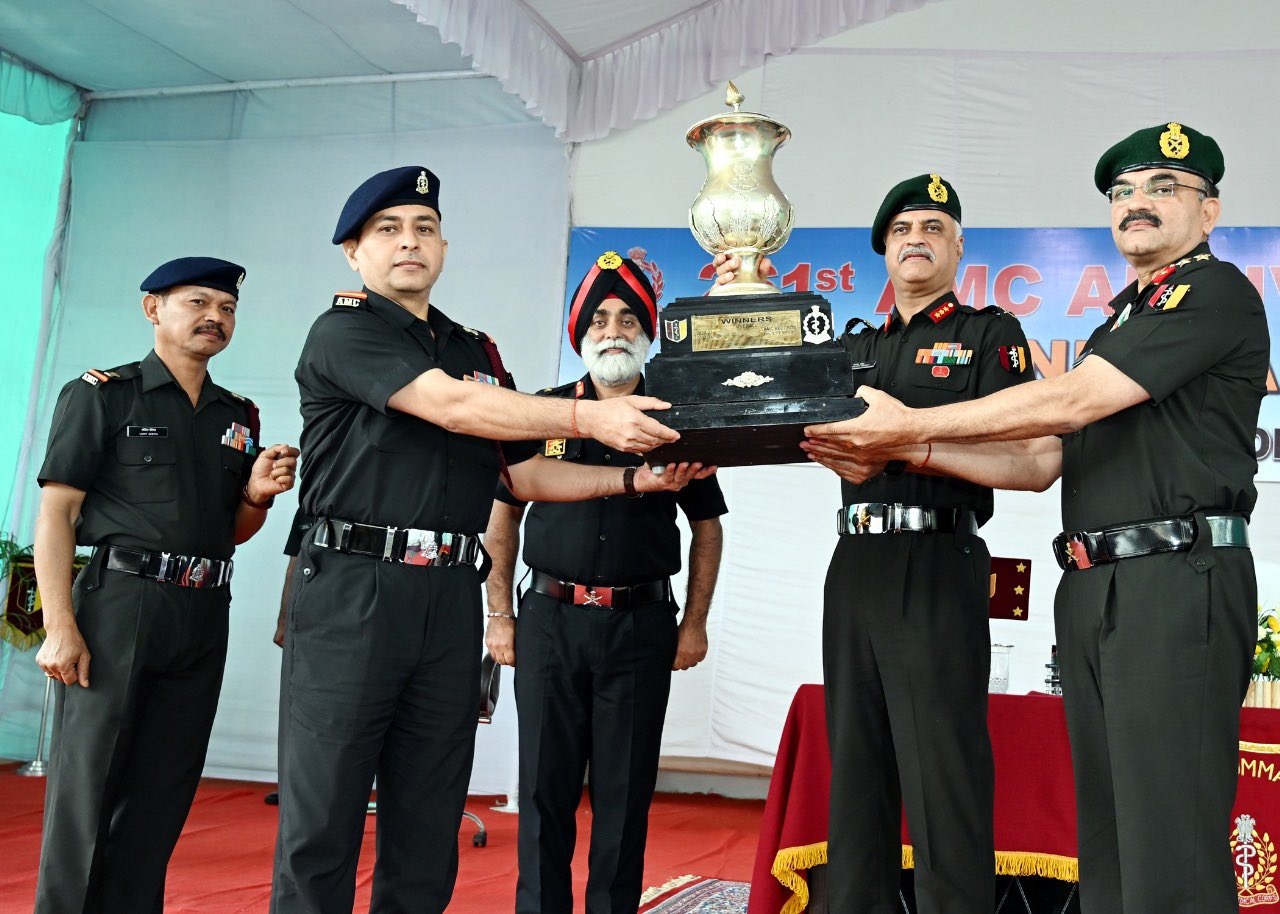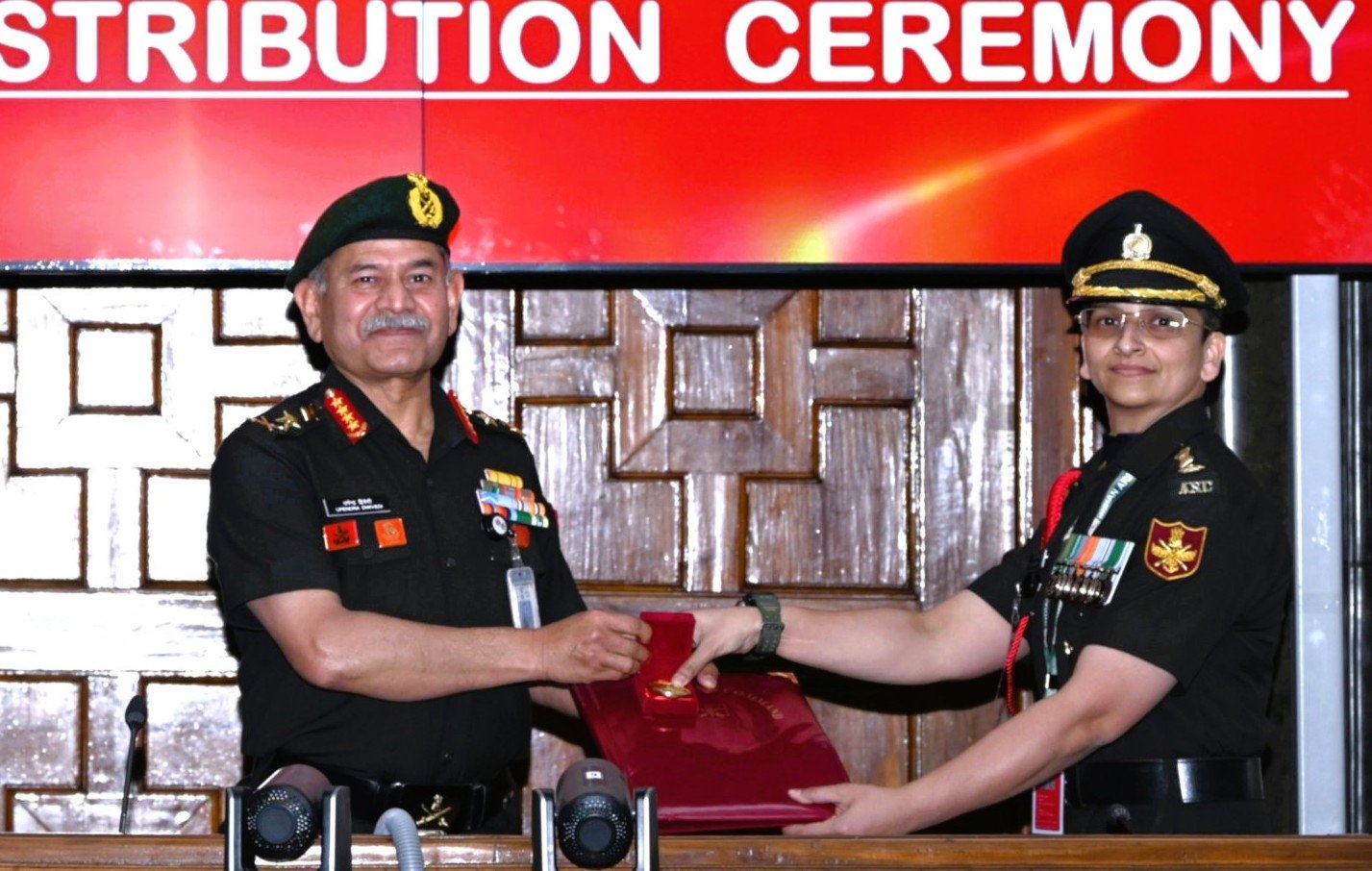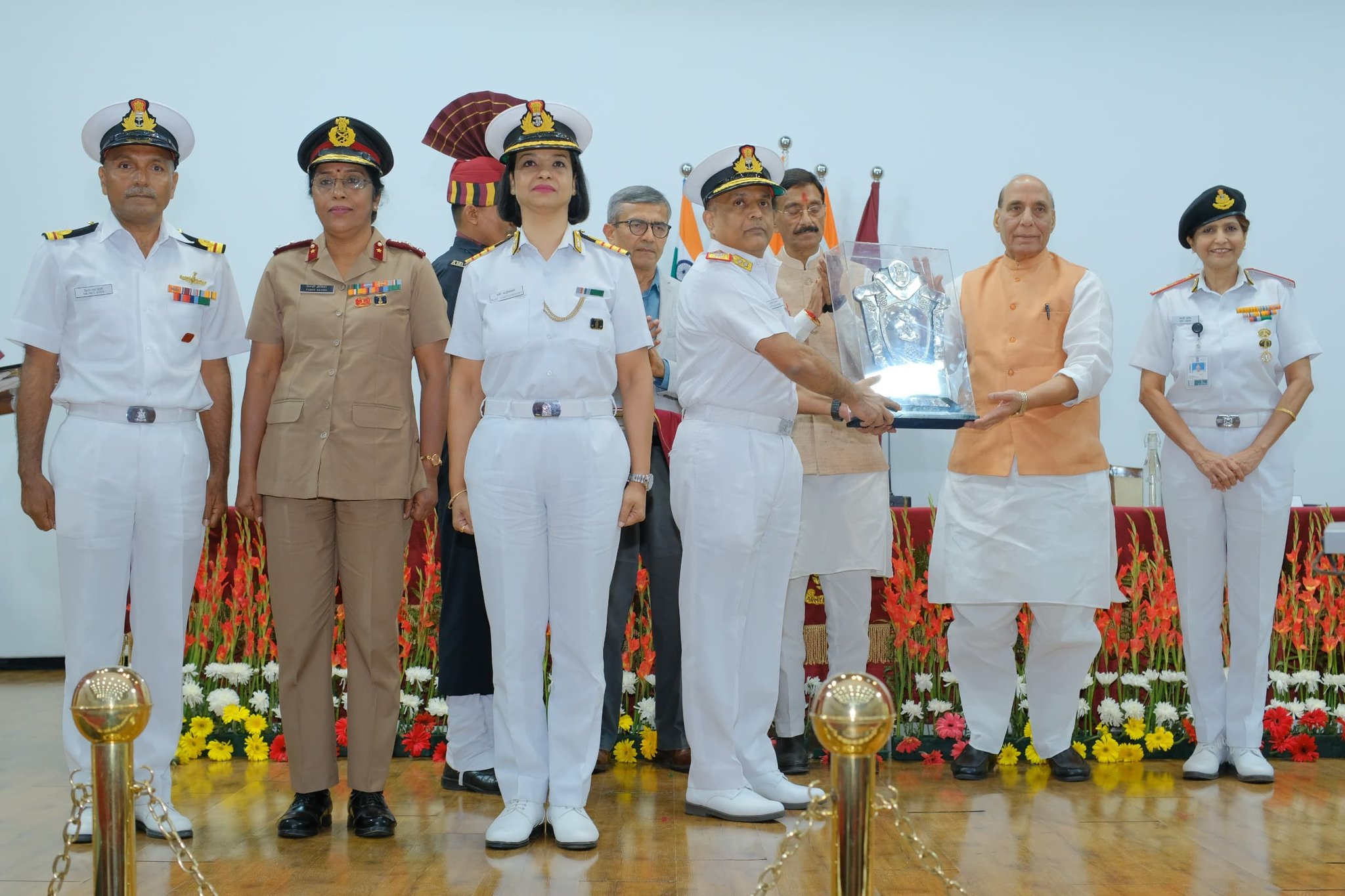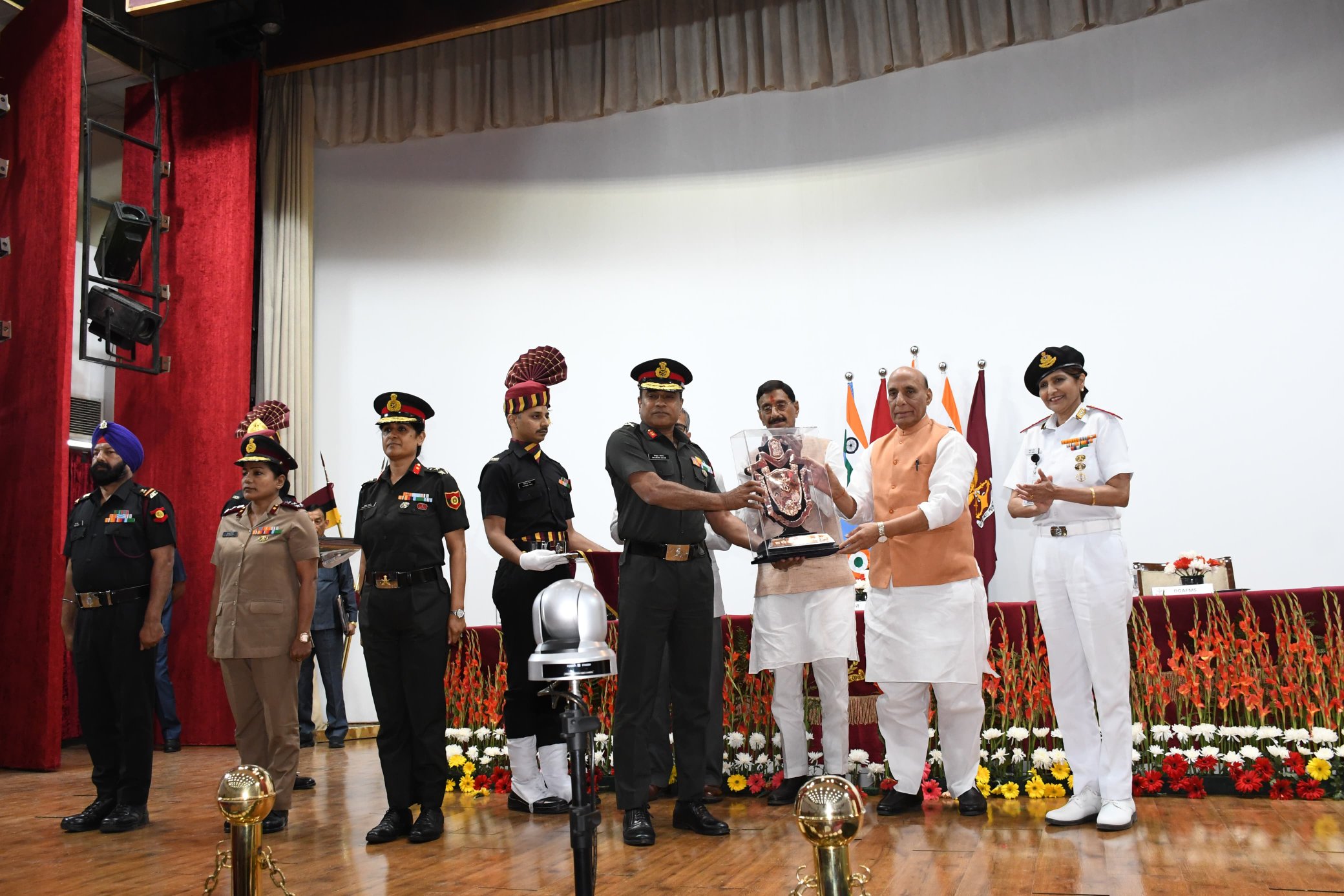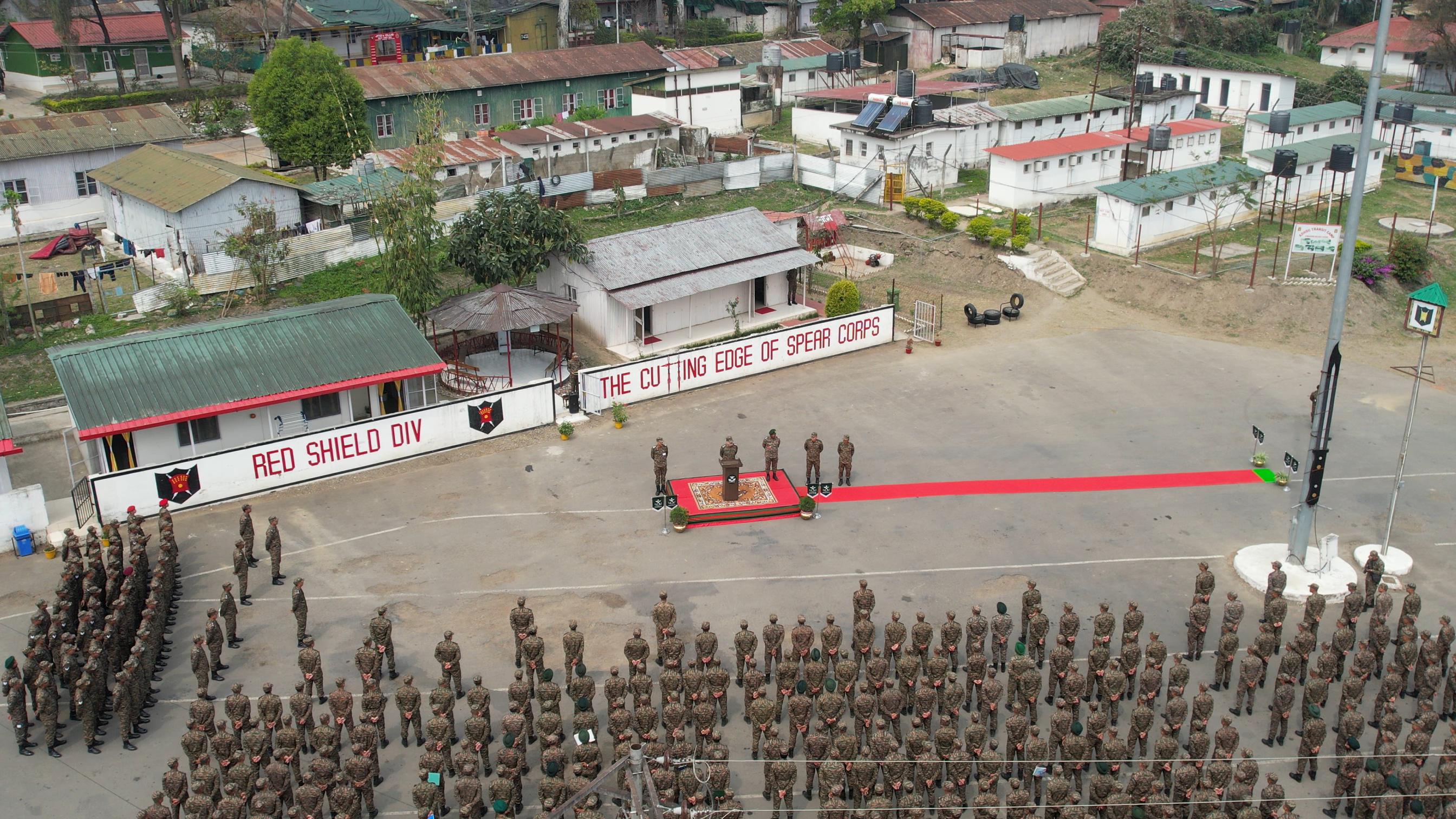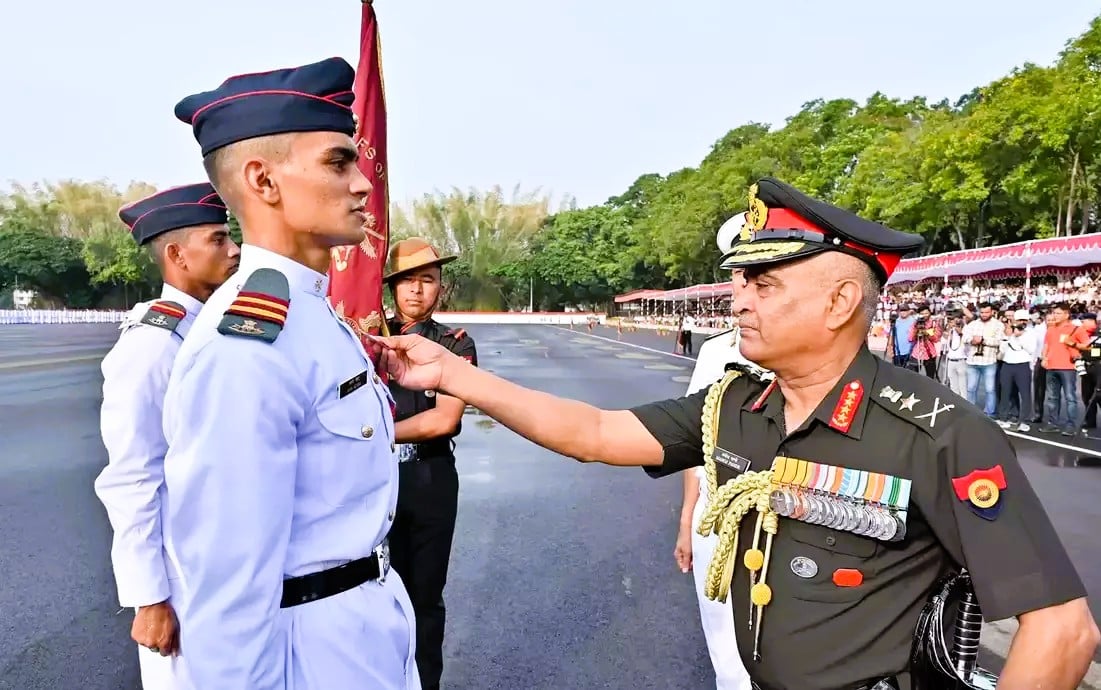The Indian Air Force (IAF) is embarking on a significant upgrade initiative for its fleet of Sukhoi-30 MKI fighter jets, a frontline heavy combat aircraft manufactured in Russia. This enhancement aims to bolster India’s air combat capabilities and extend the operational efficiency of the jets for an additional two decades.
Key elements of the upgrade include the installation of Advanced Electronically Scanned Array (AESA) radars, which offer improved detection and tracking capabilities, as well as longer-range weapons systems and an advanced electronic warfare suite (EWS). These enhancements are particularly focused on improving the jets’ abilities related to suppression and destruction of enemy air defense systems, thus allowing effective ground-target strikes in environments with robust enemy defenses.
The IAF currently operates a fleet of 259 Sukhoi-30 MKI aircraft, most of which were manufactured under a licensed production agreement with Hindustan Aeronautics Limited (HAL). The total investment by the Indian government for acquiring these aircraft has exceeded USD 12 billion.
Recently, the Defence Acquisition Council (DAC), led by Defence Minister Rajnath Singh, approved five major acquisition proposals amounting to over Rs 21,772 crore. Among these proposals, the provision for the EWS for the Sukhoi-30 MKI stands out, which includes sophisticated radar warning receivers and external airborne self-protection jammer pods, among other advanced technological components.
In July, it was reported that the project aimed at upgrading the SU-30 MKI jets had progressed significantly, with initiatives primarily driven by indigenous capabilities. The upgrade is projected to extend the jet’s operational life by 30 years and includes the implementation of AESA radars, cutting-edge avionics, advanced weaponry, and multi-sensor fusion systems. By that time, the Ministry of Defence was in the process of preparing a draft note for the Cabinet Committee on Security, seeking approval to initiate the upgrade of an initial batch of 84 jets at a projected cost of around Rs 63,000 crore.
These upgraded aircraft, termed ‘Super Sukhois,’ will be designed to compete with next-generation fighters. The enhancements will also facilitate the integration of manned-unmanned teaming and cooperation with advanced autonomous drones using artificial intelligence. The IAF plans to utilize these upgraded jets until 2055.
The indigenous ‘Virupaksha’ AESA radars are expected to significantly enhance detection capabilities, improving the aircraft’s ability to identify adversarial threats by approximately 1.5 to 1.7 times more effectively than the existing Russian radars. This improvement will allow the jets to employ longer-range armaments, such as the Astra-3 air-to-air missile, which is in development with an anticipated beyond-visual-range capability of around 350 kilometers.
HAL has been tasked with overseeing the upgrades, which are set to be rolled out over the next 15 years. The first phase of this project has received the green light from the Cabinet Committee on Security, with the development and flight-testing stages projected to take approximately seven years. Subsequently, upgrades will be executed in batches over the timeline.
In parallel, India is expected to develop its fifth-generation stealth fighter, the Advanced Medium Combat Aircraft (AMCA), equipped with state-of-the-art technologies that will likely influence the next upgrade cycle for the Sukhoi fleet, following the initial batch of 84 jets.
The advancements in the SU-30 MKI program have already begun to manifest, as demonstrated in May when the Defence Research & Development Organization (DRDO) successfully conducted a flight trial of the RudraM-II missile designed for air-to-surface missions. The trial confirmed the efficacy of the missile’s propulsion, control, and guidance systems, showcasing a significant leap in domestic defense capabilities. The RudraM-II missile, a domestically developed solid-fuel air-to-surface weapon, is equipped to engage various enemy assets, reflecting the capabilities emerging from collaborations within India’s defense research community.

